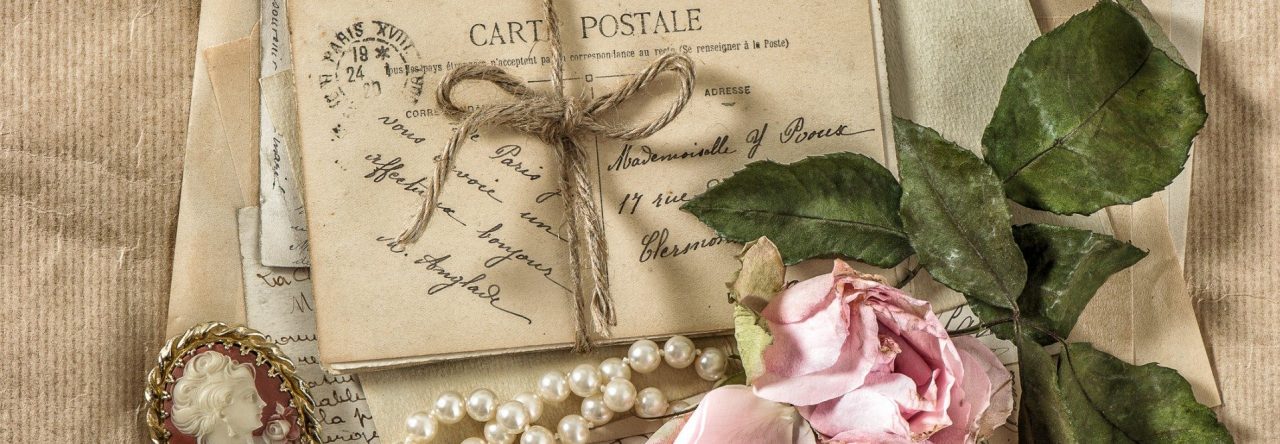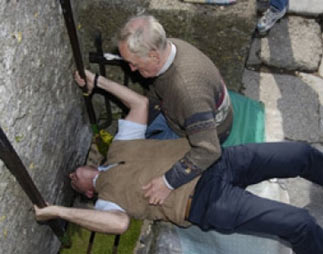 Last weekend, my husband, oldest son and I saw the new historical epic, The Promise. Based on the trailer, I warned my men ahead of time that it was a historical romance but since it was set on the eve of World War I, I assured them there would be enough action to make the film bearable. The film centers around Mikael (an Armenian medical Student), Ana (an Armenian woman raised in France who has returned to her homeland), and Chris (an American journalist working for the Associated Press). Although the central figures in the film are engaged in a love triangle, The Promise is less a story about a tragic romance during the last days of the Ottoman Empire than the fate of the these characters and a group of orphans as the Turkish government begins a systematic holocaust of its Armenian population.
Last weekend, my husband, oldest son and I saw the new historical epic, The Promise. Based on the trailer, I warned my men ahead of time that it was a historical romance but since it was set on the eve of World War I, I assured them there would be enough action to make the film bearable. The film centers around Mikael (an Armenian medical Student), Ana (an Armenian woman raised in France who has returned to her homeland), and Chris (an American journalist working for the Associated Press). Although the central figures in the film are engaged in a love triangle, The Promise is less a story about a tragic romance during the last days of the Ottoman Empire than the fate of the these characters and a group of orphans as the Turkish government begins a systematic holocaust of its Armenian population.
As a student of history (I have a B.A. Social Studies education as well as an M.Ed. in History education), I’m wondering how I managed four years of undergrad and two years of grad school without ever hearing of this atrocity. We left the theatre wondering how we could not have known about this tragedy. Now that my curiosity had been peaked, I decided to find out how accurate the history depicted in the film was.
Here is what I learned.
On April 24, 1915, the Turkish government began a systematic effort to eliminate the Armenian population, the largest Christian minority within Turkey at the time, from within its borders. Many Armenians had become voices for social and political reform within the country, pressing the government for equality with their fellow Muslim citizens. Following a series of devastating losses in the Balkan Wars, a distorted nationalism spread over Turkey, infesting the government and its citizens with the misguided sentiment that the Great Ottoman Empire could only be revived if Turkey was purified of its Christian population.

Picture of a Turkish village circa 1915 as troops belonging to the Ottoman Empire round up its Armenian citizens. Photo courtesy of The Telegraph, April 22, 2017.
Turkey’s Armenian citizens had their property confiscated, intellectuals were rounded up and imprisoned if they were lucky or executed if they were not, and others, including entire villages, were force marched to concentration camps in the Syrian dessert. According to the University of Minnesota’s Center for Holocaust and Genocide Studies, there were 2.1 million Armenians living in Turkey in 1914 and 387,800 by 1922.
According to Peter Balakian, who won the 2016 Pulitzer Prize in poetry for Ozone Journal, his book of poems recounting his experience excavating the bones of Armenian victims in the Syrian desert with TV journalists in 2009, “It’s a watershed event in the history of modernity,” because it’s the first time that the nation-state uses technology, its advanced military communications, legislation and the nationalist ideology for the purpose of eradicating a targeted ethnic group in a certain period of time.”

Photo released by the Armenian Genocide Museum-Institute dated 1915 purportedly shows soldiers standing over skulls of victims from the Armenian village of Sheyxalan in the Mush valley, on the Caucasus front during the First World War. Photo: STR/AFP/Getty Images
Photos of this atrocity are hard to view so I have chosen to limit what I post here because I would rather you at least read about this event then turn away because of graphic images. Click here to see photographs smuggled out of Turkey at great risk to reporters John Elder and Armin Wegner depicting the Armenian genocide. According to this article in the U.K. Daily Mail, these images have been used to build the international human rights case against the Turkish government.
History has shown that Adolf Hitler saw the tragic events in Turkey for what they were. In an official Nazi government document used during the Nuremberg Trials, Hitler argues for the annihilation of the Polish people. He writes “Accordingly, I have placed my death-head formations in readiness — for the present only in the East — with orders to them to send to death mercilessly and without compassion, men, women, and children of Polish derivation and language. Only thus shall we gain the living space (Lebensraum) which we need. Who, after all, speaks today of the annihilation of the Armenians?”
Today, in Germany, it is a crime to deny or minimize the holocaust in public and is punishable by up to five years in prison.
Although 18 countries (including Germany, Greece and France) recognize the events in Turkey as genocide, to this day the Turkish government stands by its story that the deaths were not intentionally perpetrated against its Armenian citizens but instead, were lives tragically lost during war as the government attempted to relocate them for their own safety. The U.S. House of Representative Committee on Foreign Affairs has yet to recognize the atrocities committed against the Armenian people as genocide. President Barack Obama did refer to the horrific events in a speech for Armenian Remembrance Day (April 24) as “the first mass atrocity of the 20th century,” but failed to keep his campaign promise to call the killings “genocide.”
Perhaps at this point you’re wondering why it matters anymore. After all, it was more than a hundred years ago, the perpetrators are long since dead and well let’s face it, bad stuff happens every day in this world. True. However I would strongly urge you to consider the words of Spanish-American philosopher and poet, George Santayana, who wrote, “Those who cannot learn from the past are condemned to repeat it.”
Or put another way, Balakian argues that the truth about the Armenian genocide matters because “Unresolved history is too big a burden to carry.”
I hope you will consider seeing, The Promise. It is a story well told and definitely worth learning about.
Your turn: Have you heard of the Armenian genocide before reading this post? Do you think unresolved history is a burden?










































